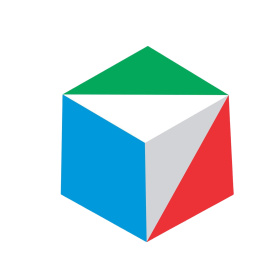The Palace Museum
Bio
The Palace Museum also known as Manial Palace and Museum, (Arabic; met-haf Al-Manial), is a former Ottoman Egyptian dynasty era palace and grounds on Rhoda Island in the Nile, located in the Sharia Al-Saray area in the El-Manial district of southern Cairo, Egypt. The palace and estate has been preserved as an Antiquities Council directed historic house museum and estate, reflecting the settings and lifestyle of the late 19th- and early 20th-century Egyptian royal prince and heir apparent. The residence compound, composed of five separate and distinctively styled buildings, is surrounded by Persian gardens within an extensive English Landscape garden estate park, along a small branch of the Nile.
The museum boasts a remarkable collection of antique luxury cars used by Sudanese & British dignitaries, including Queen Elizabeth II during her 1965 visit to Khartoum, while the main exhibition covers artefacts from both pre and post-Independence days. Although small, the Ethnographical Museum houses a fascinating collection of items relating to everyday Sudanese village life such as musical instruments, clothing, cooking and hunting implements.
The Manial Palace was built by Prince Mohammed Ali Tewfik (1875—1955), the uncle of King Farouk, between 1899 and 1929. He had it designed in a style integrating European Art Nouveau and Rococo with many traditional Islamic architecture styles including Ottoman, Moorish, Persian, creating inspired combinations in spatial design, architectural and interior decorations, and sumptuous materials. It housed his extensive art, furniture, clothing, silver, objets d'art collections, and medieval manuscripts dating back to the Middle Ages. The ceramic tile work of the entryway and the mosque were created by the Armenian ceramist David Ohannessian, originally from Kutahya.














